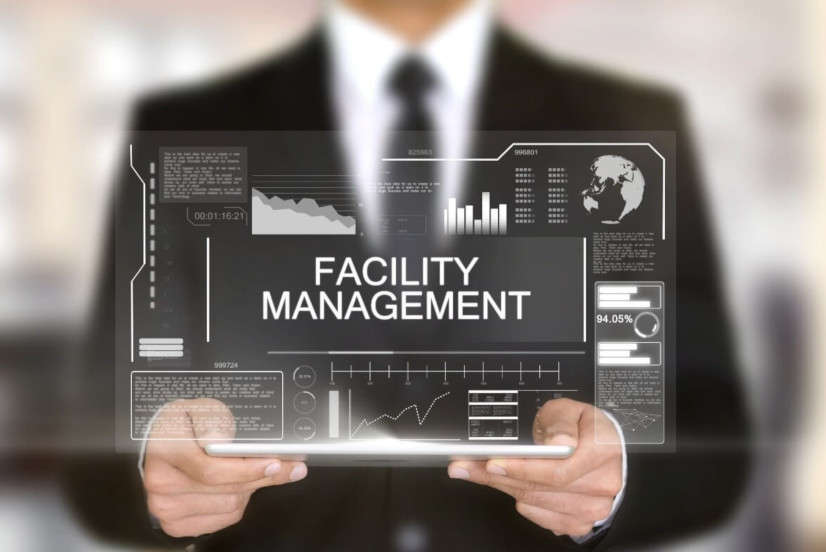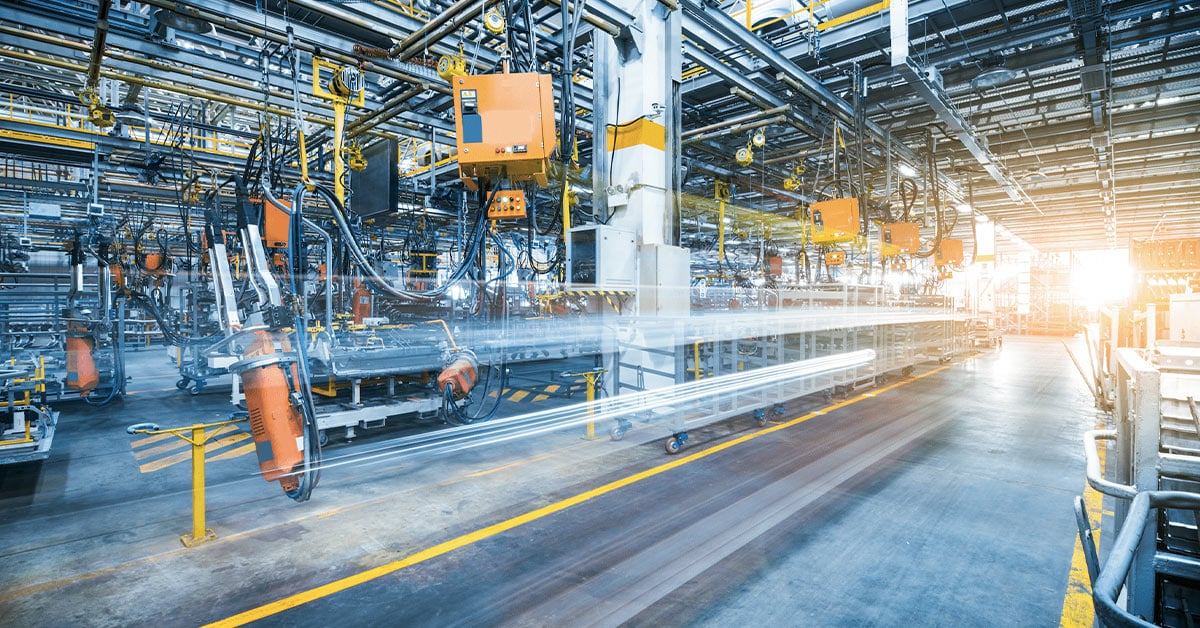How Facility Management Boosts Workplace Performance
How Facility Management Boosts Workplace Performance
Blog Article
Trick Patterns Forming the Future of Center Administration in 2024
As we look ahead to 2024, the landscape of facility monitoring is positioned for considerable makeover, driven by a number of crucial fads. The integration of wise structure technologies and a change in the direction of data-driven decision-making guarantee to boost operational effectiveness while focusing on sustainability in practice.
Smart Building Technologies

Smart structure innovations encompass a wide variety of systems, consisting of smart lighting, HVAC controls, and safety and security systems. By incorporating these systems, facility supervisors can check and adjust parameters in real-time, resulting in significant reductions in energy waste and functional costs. Wise sensing units can discover tenancy degrees and adjust lights and temperature level as necessary, guaranteeing that energy is only made use of when essential.
In addition, these modern technologies promote boosted information collection, permitting companies to track usage patterns and recognize possibilities for additional enhancements. The implementation of clever structure technologies not just adds to sustainability goals but additionally produces much healthier workplace that can increase employee performance and fulfillment.
As we move right into 2024, the adoption of wise building technologies will likely accelerate, reflecting a more comprehensive shift in the direction of more intelligent, responsive, and sustainable center administration techniques.
Data-Driven Decision Making
Increasingly, companies are leveraging data-driven choice making to enhance center management techniques. By taking advantage of data analytics, center managers can obtain actionable insights that considerably enhance functional effectiveness and source allotment. The assimilation of advanced modern technologies, such as IoT sensors and real-time tracking systems, makes it possible for the collection of large quantities of information on building performance, tenancy prices, and power consumption.
This riches of info allows facility managers to identify patterns, forecast maintenance requirements, and proactively address concerns before they intensify. For instance, anticipating analytics can anticipate devices failures, reducing downtime and repair work costs. In addition, data visualization devices promote better communication among stakeholders, making certain that notified decisions are made collaboratively.
Additionally, data-driven methods boost tactical planning by allowing center managers to evaluate the performance of current methods and make informed selections regarding investments in technology or infrastructure. As organizations progressively focus on operational excellence, data-driven choice production is positioned to end up being a foundation of successful center management strategies in 2024 and past. Inevitably, the capability to leverage data successfully will empower companies to develop extra effective, efficient, and resilient centers.
Sustainability and Environment-friendly Practices
The focus on data-driven choice making naturally lines up with the expanding concentrate on sustainability and environment-friendly methods within center administration. As companies increasingly prioritize environmental responsibility, center managers are leveraging analytics to optimize resource usage, lower waste, and reduce carbon impacts. This tactical method makes it possible for the assimilation of energy-efficient systems, such as LED lighting, smart heating and cooling controls, and renewable resource resources into center operations.
Additionally, the implementation of sustainable methods extends beyond power consumption. Facility supervisors are adopting environmentally friendly products and advertising recycling initiatives to create a round economic climate within their centers. This not just improves the environmental account of the organization yet additionally promotes a culture of sustainability amongst employees.
Conformity with ecological guidelines is another essential element driving the fostering of green methods. By making use of information analytics, center supervisors can keep track of conformity metrics and determine locations for renovation, guaranteeing adherence to neighborhood and international sustainability criteria.
Hybrid Work Versions
A significant change towards crossbreed job models is reshaping the landscape of center monitoring in 2024. This standard combines remote and in-office job, demanding a reevaluation of room usage, source appropriation, and worker interaction approaches. Organizations are increasingly recognizing the relevance of flexible offices that deal with varied demands and choices.
Facility supervisors should adjust by carrying out versatile workplace styles that sustain collective efforts while offering locations for focused job. This includes the assimilation of technology to promote smooth communication and cooperation among in-office and remote employees. Smart structure options, geared up with analytics and sensors, permit real-time surveillance of space use, making it possible for organizations to optimize their atmospheres successfully.
Furthermore, crossbreed job designs highlight the demand for efficient center monitoring that focuses on employee experience. This includes not just modern technology and space design yet additionally the advancement of policies that advertise a well balanced work-life dynamic. As companies navigate this shift, the duty of center management becomes critical in producing a dexterous workplace that fosters efficiency and drives business success. Fundamentally, the hybrid work design is changing center monitoring, motivating an aggressive strategy to fulfill the advancing needs of the labor force.
Enhanced Occupant Health
As companies accept hybrid work models, an enhanced emphasis on owner wellness is becoming important to center administration approaches. Facility Management. This change identifies that a healthy and balanced and completely satisfied labor force directly impacts productivity and retention prices. Facility managers are currently prioritizing settings that advertise read this article physical and psychological wellness, incorporating aspects such as natural illumination, biophilic design, and accessible wellness sources

Technology plays a vital duty in this advancement. Smart building systems can keep an eye on ecological variables and readjust setups in real-time, making sure ideal review convenience levels - Facility Management. Comments systems, such as occupancy sensing units and staff member studies, enable facility supervisors to consistently refine wellness efforts based on passenger demands.

Verdict
In 2024, the future of facility monitoring will be considerably affected by the assimilation of wise structure innovations and data-driven decision-making, fostering boosted functional effectiveness. Sustainability initiatives will certainly prioritize green methods, while the appearance of hybrid work designs will certainly necessitate versatile office layouts. An increased emphasis on owner health with advanced Heating and cooling systems and biophilic style will certainly add to healthier job environments. These patterns collectively highlight the progressing landscape of center monitoring in feedback to contemporary obstacles and possibilities.
Facility managers are adopting environmentally friendly materials and advertising recycling campaigns to develop a round economic climate within their centers.A considerable Full Article shift in the direction of hybrid work models is reshaping the landscape of facility management in 2024.In addition, crossbreed work models emphasize the requirement for reliable center administration that prioritizes staff member experience.As companies welcome hybrid work models, an increased emphasis on resident health is becoming important to center administration methods.In 2024, the future of center administration will certainly be dramatically influenced by the assimilation of wise structure modern technologies and data-driven decision-making, promoting improved functional efficiency.
Report this page